Reviewed by Julianne Ngirngir
Apple's AirPods Pro lineup is about to get its biggest refresh since 2022. With Apple confirming that AirPods Pro 3 will launch later this year, the rumor mill is working overtime to decode what changes are coming. The most intriguing whispers suggest that Apple's latest earbuds will borrow key design elements from the recently released AirPods 4—specifically two changes that could reshape the entire Pro experience. Multiple supply-chain sources point to a refreshed look for both the buds and the case, while Apple hasn't updated the AirPods Pro since 2022 other than a shift from Lightning to USB-C. For Apple's premium earbuds, this timing represents a strategic opportunity to implement design lessons learned from their mainstream testing ground.
What the AirPods 4 taught us about Apple's design direction
Here's what makes this rumor so compelling: Apple's fourth-generation AirPods offer crucial insights into Apple's design evolution for AirPods Pro 3. Think of the AirPods 4 as Apple's design laboratory—a testing ground where the company validates user experience improvements before committing them to their premium Pro lineup.
The results from that testing phase are genuinely impressive. The fourth-generation AirPods slimmed down the case to its smallest dimensions yet, while Apple introduced a refined earbud design with a shorter stem and more contoured earpiece. These weren't just aesthetic updates—they addressed fundamental usability issues that users have voiced for years, from pocket portability to extended wear comfort.
What's particularly strategic about Apple's approach is this methodical validation process. By implementing these design changes on the more mainstream AirPods 4 first, Apple gathered real-world feedback about user response and manufacturing feasibility before applying these lessons to their flagship Pro models.
The two key changes coming to AirPods Pro 3
Let's break down the specific design elements AirPods Pro 3 will inherit from the AirPods 4, because these represent more than minor refinements—they're solutions to genuine user experience pain points.
Smarter charging case interaction
The first major change involves a complete rethinking of the charging case setup process. The fourth-generation AirPods eliminated the physical setup button found on earlier models' charging cases, including the AirPods Pro 2, replacing it with a concealed capacitive button integrated into the front of the case.
If you've ever struggled to locate that tiny button on the back of your current AirPods case while trying to pair with a new device, this change addresses exactly that frustration. The capacitive button is positioned where your thumb naturally rests when holding the case, making the pairing process intuitive rather than a hunting expedition.
The refinement extends to visual feedback as well. The status light on the AirPods 4 charging case demonstrates superior discretion compared to the AirPods Pro 2—it remains completely invisible when inactive and only appears when providing status information. This creates the cleaner, more premium aesthetic that aligns with Apple's minimalist design philosophy while reducing visual distraction.
Refined earbud ergonomics
The second significant change targets the earbuds themselves. The AirPods Pro 3 are expected to feature a refreshed earbud design, potentially incorporating a smaller in-ear piece and even shorter stem design. The AirPods 4 proved that Apple can maintain excellent audio performance while reducing the overall physical footprint—a lesson that translates directly to comfort improvements for Pro users.
This matters significantly during extended listening sessions. A more compact in-ear piece reduces fatigue, while a shorter stem minimizes the visual bulk that some users find conspicuous. These aren't just cosmetic tweaks—they represent ergonomic improvements that accumulate into noticeably better long-term comfort.
Why these changes deliver genuine value
Bottom line: these design changes solve real usability problems rather than simply differentiating the Pro 3 from its predecessor.
The front-facing capacitive button eliminates the common frustration of searching for the setup button during device pairing. From my experience testing various AirPods models, this seemingly small change removes a consistent source of user friction, especially in scenarios where you need to quickly pair with a new device.
The more discrete status light addresses legitimate user feedback about the current Pro model's LED indicator, which some users find unnecessarily attention-grabbing, particularly in dark environments. Making it disappear when not needed represents thoughtful design restraint.
The ergonomic improvements to the earbud design directly impact comfort during extended use. Anyone who regularly wears AirPods Pro for hours knows that even modest reductions in size and weight can meaningfully improve the experience.
But the design changes represent just the surface layer of what's coming. Under the hood, Apple is testing a faster audio chip that reportedly drives "much better" Active Noise Cancellation than the already-impressive AirPods Pro 2. Considering the Pro 2 already sets the benchmark for ANC performance, this suggests a substantial generational leap.
The hardware improvements extend into health monitoring territory. Apple is adding in-ear heart-rate tracking to AirPods Pro 3, according to Bloomberg's Mark Gurman. This positions the earbuds as legitimate health monitoring devices rather than pure audio accessories—a strategic expansion that leverages the intimate, consistent contact that earbuds maintain with users.
The bigger picture for premium earbuds
The AirPods Pro 3 represent Apple's opportunity to redefine expectations for premium wireless earbuds over the next several years. The current Pro 2 have remained essentially unchanged since 2022 (aside from the USB-C port transition)—a significant gap by consumer electronics standards, particularly for a category as competitive as wireless earbuds.
Apple will launch AirPods Pro 3 later this year, with September representing the most likely timeframe based on Apple's historical product release patterns. This timing creates natural synergy with new iPhone announcements, allowing Apple to demonstrate ecosystem integration between their latest devices.
The strategic combination of proven design improvements from AirPods 4 with entirely new capabilities like health monitoring suggests Apple is approaching the Pro 3 as a genuine generational advancement rather than an iterative update. Apple's upcoming iOS 26 update will support several new features for AirPods Pro models via firmware updates, including auto-pausing audio when you fall asleep, camera remote functionality, improved call quality, and enhanced device audio management when connecting to multiple playback sources.
This comprehensive approach—borrowing validated design improvements while introducing cutting-edge new features—demonstrates the kind of thoughtful product development that distinguishes Apple's approach. The company took time to validate their design ideas through the AirPods 4, gathered user feedback, and now they're applying those learnings to their premium product line. For users considering an upgrade, this suggests the AirPods Pro 3 will deliver meaningful improvements across both fundamental usability and advanced functionality—exactly the combination that makes a new generation worth the investment.




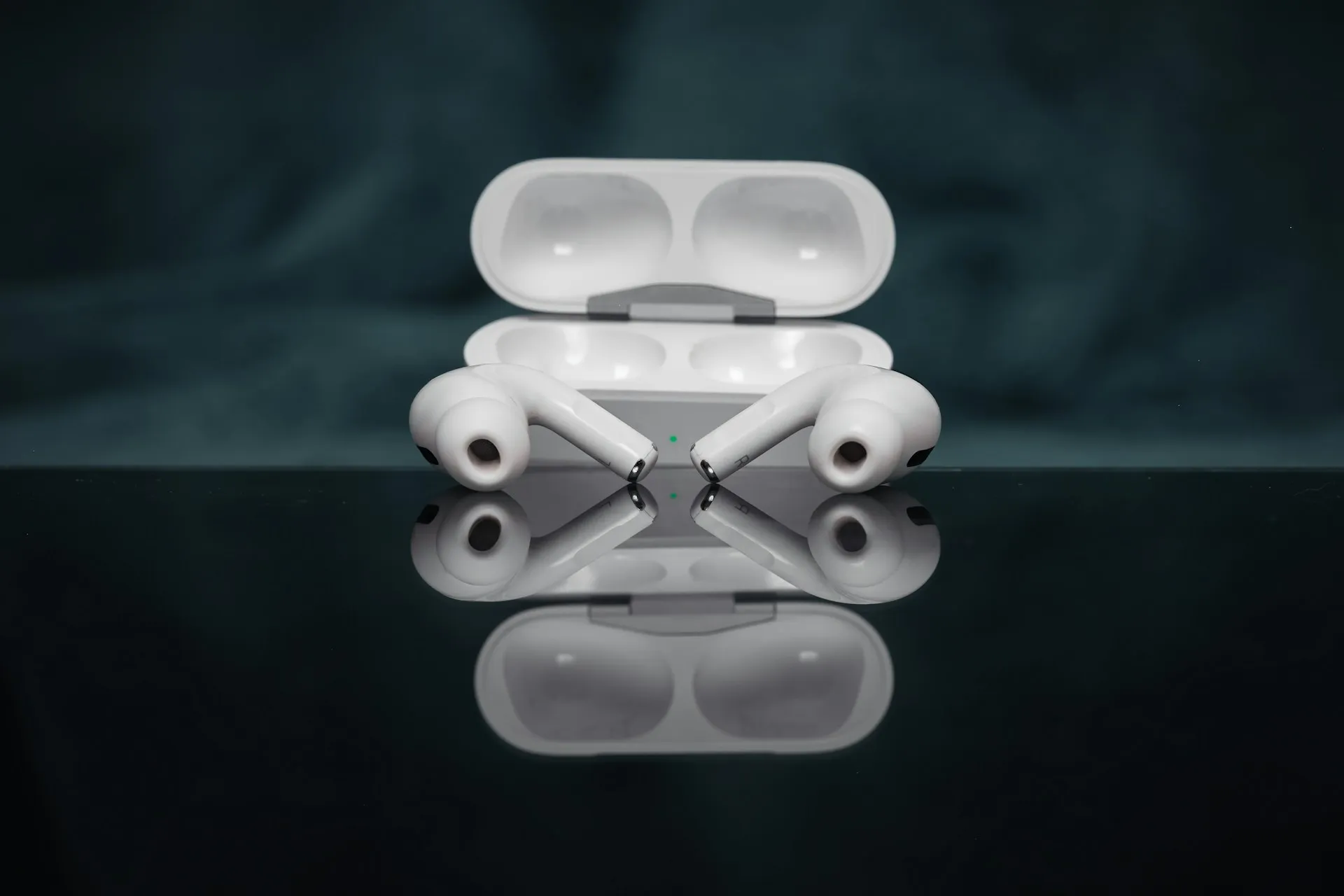


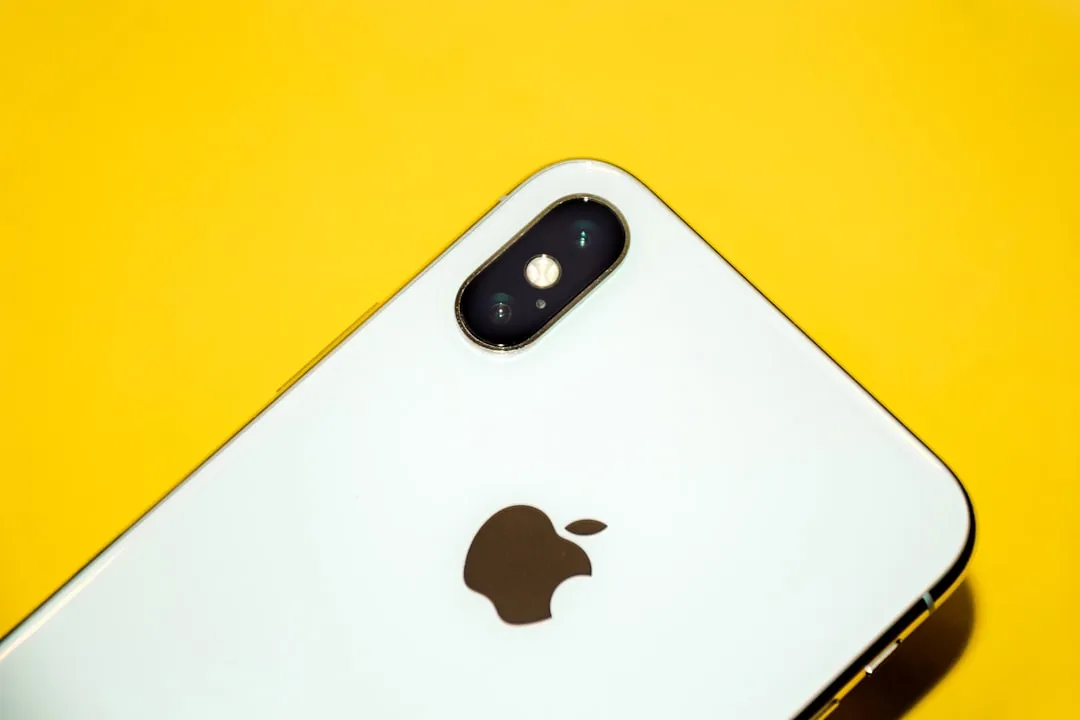

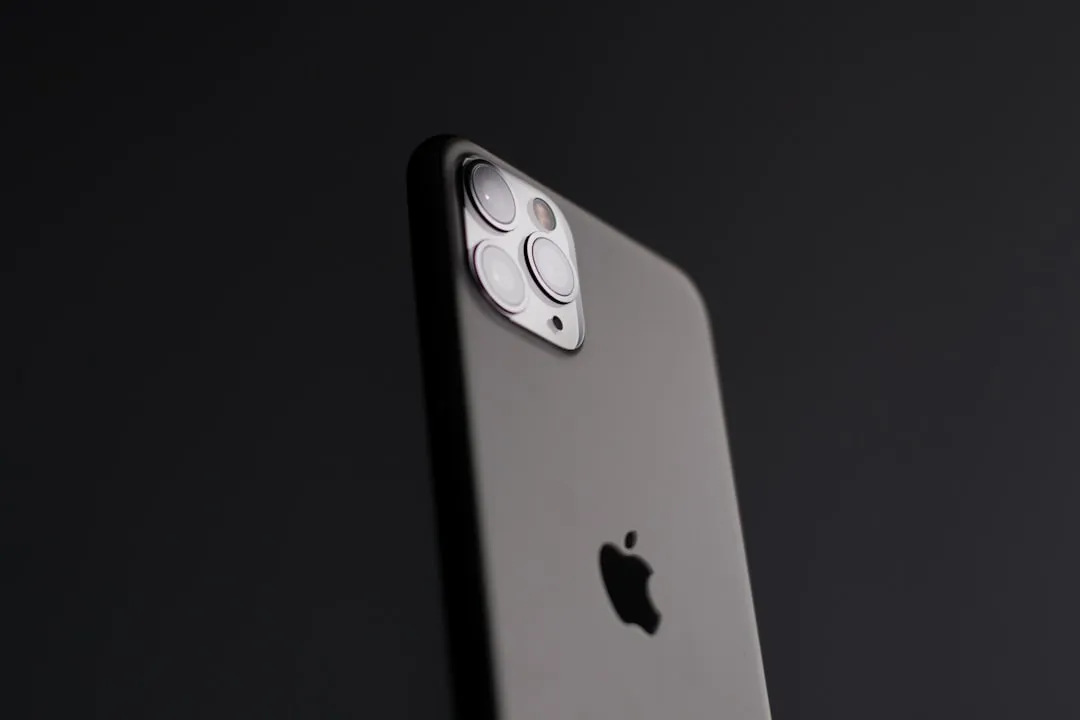


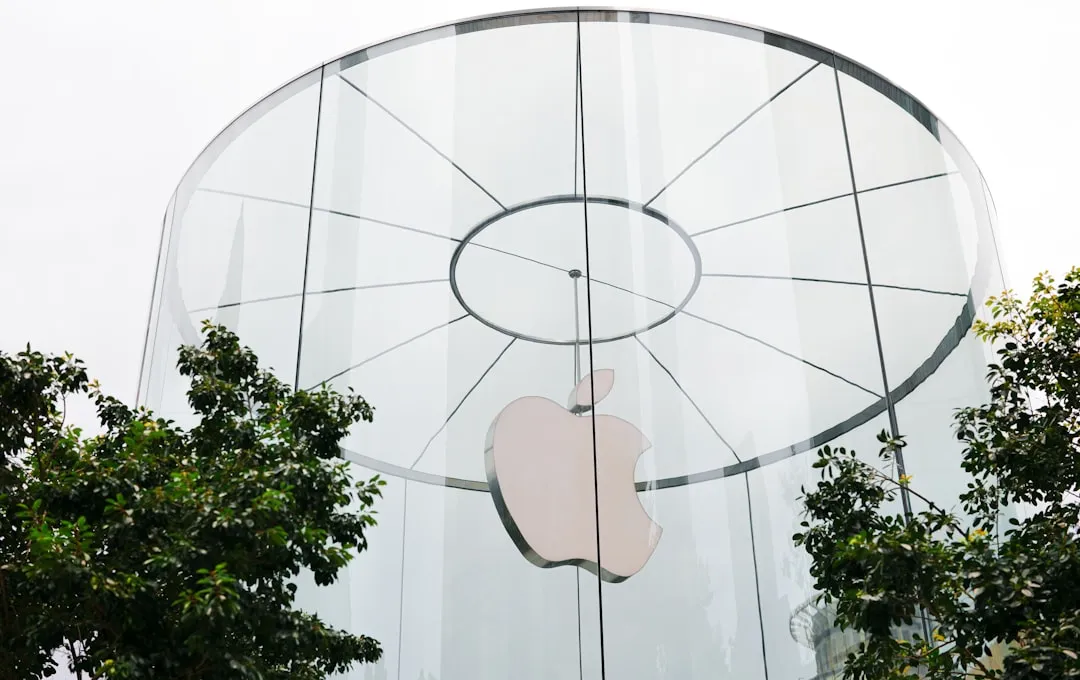
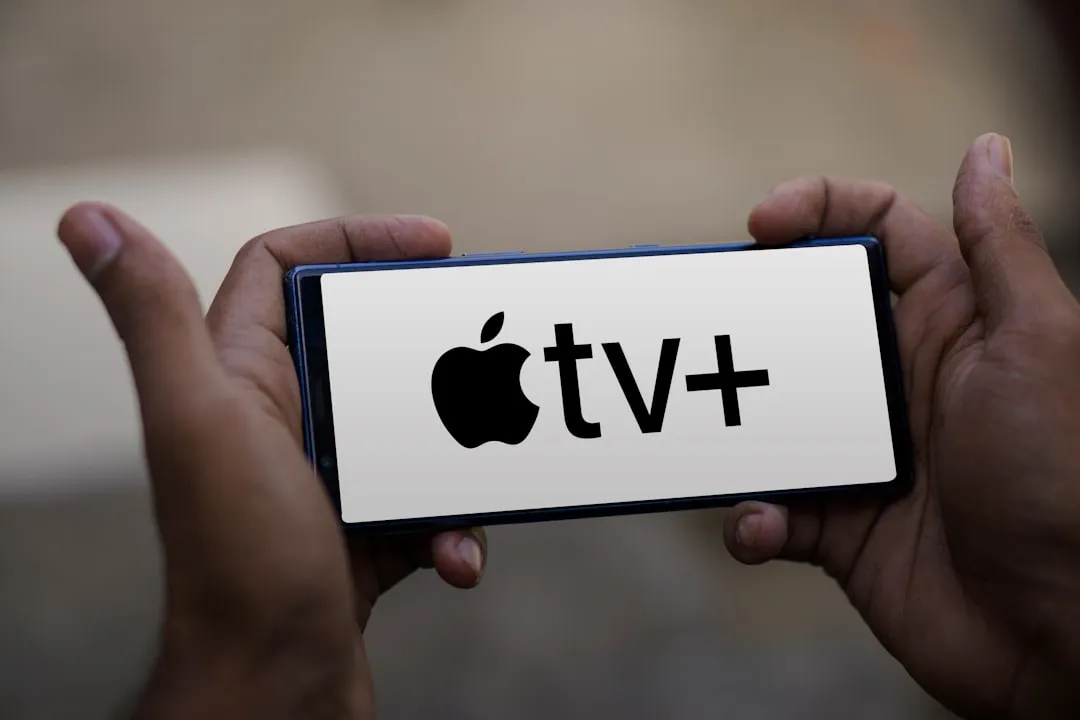
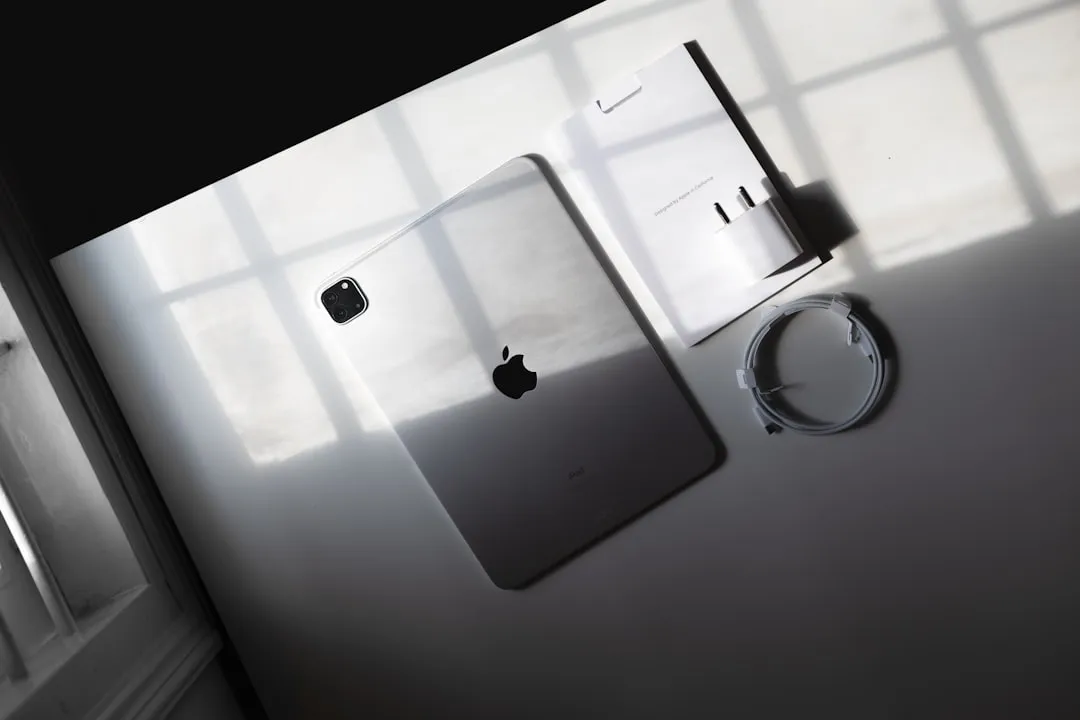

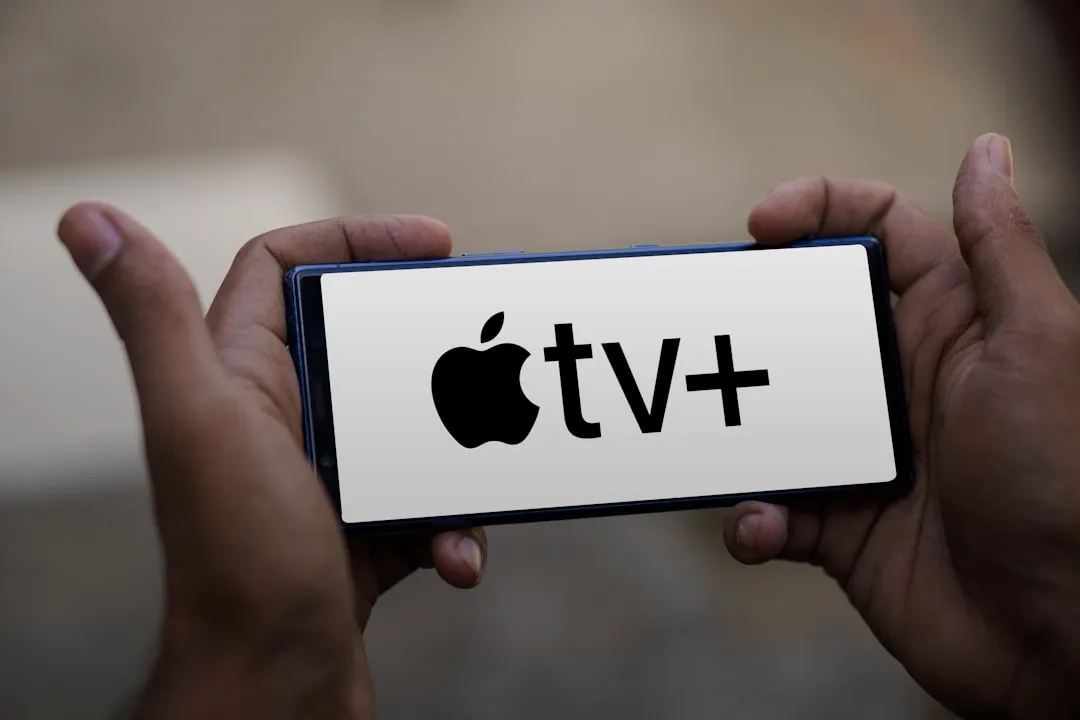


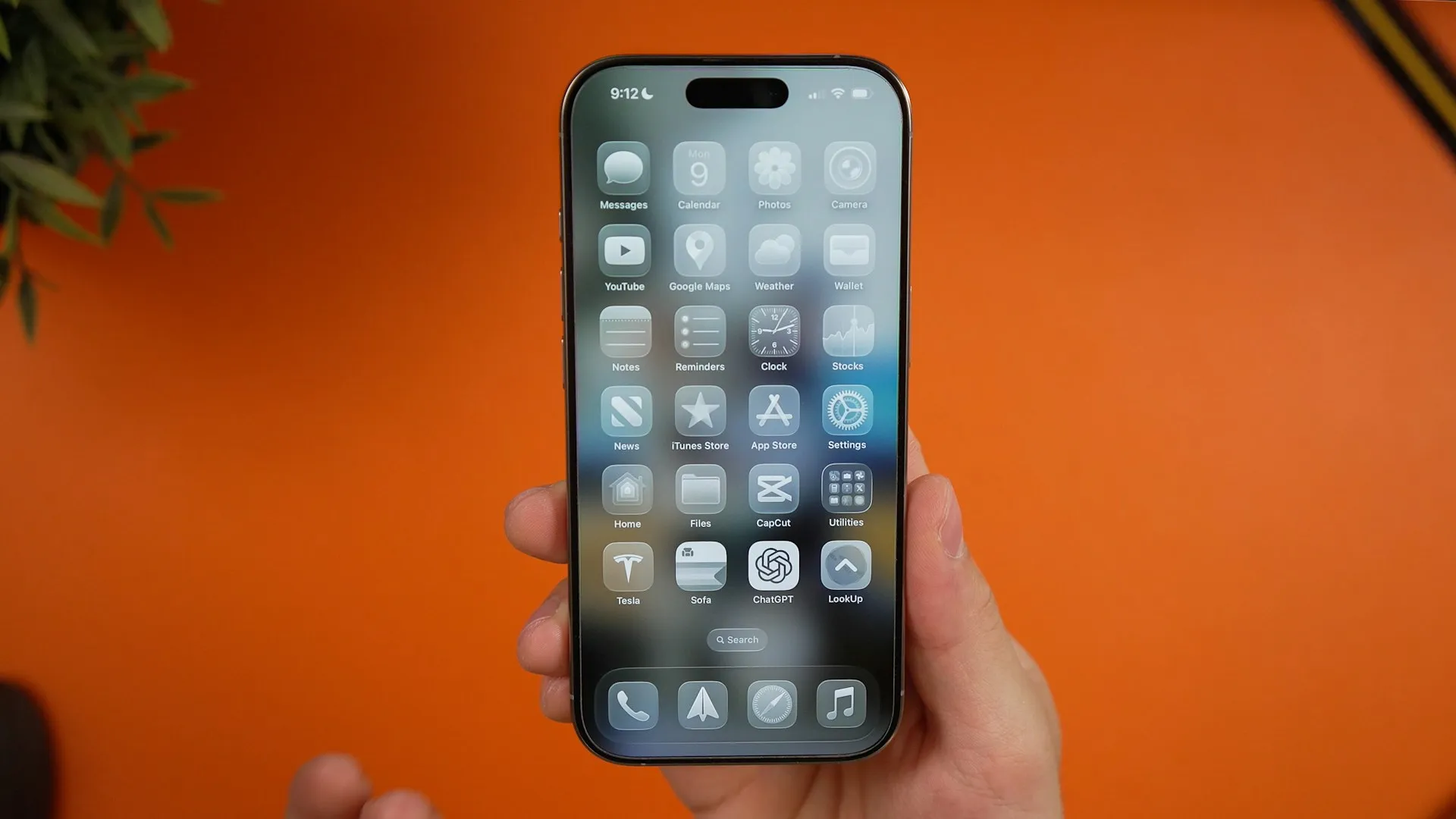





Comments
Be the first, drop a comment!